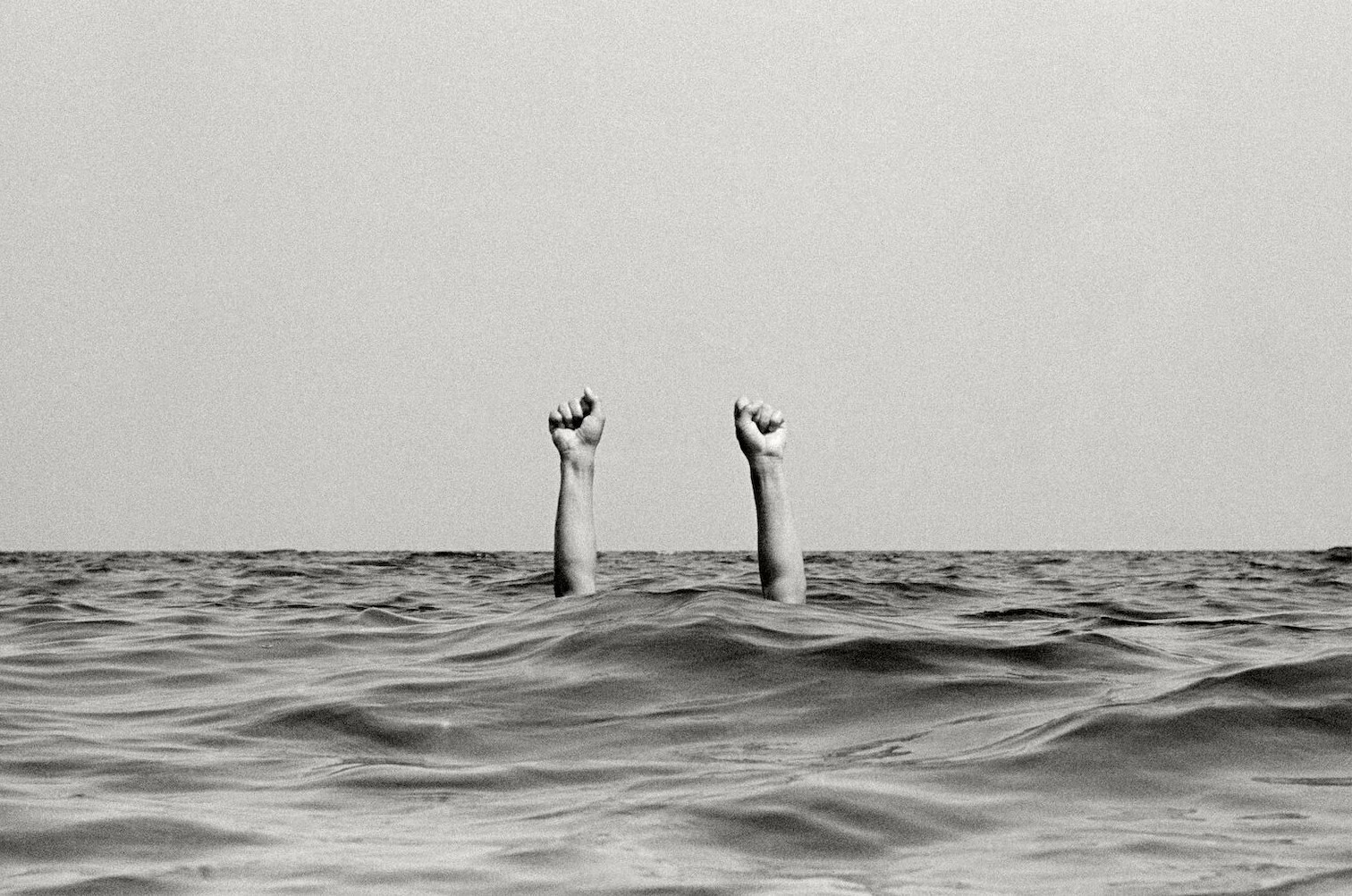Timisoara, Romania
Prague, Czech Republic
Artists: Kamila B. Richter & Michel Bielicky, Irina Botea, Vladimir Havlik, Jiří Kovanda, Gabriela Mateescu, Karel Miler, Iulian Mereuță, Delia Popa, Gheorghe Rasovszky, Marilena Preda Sânc, Decebal Scriba, Roxana Trestioreanu, Jiří Valoch
Screenings: Eva Koťátková / Iulia Stǎticǎ and Adrian Câtu
Curator: Olivia Nițiș
“It was the best of times, it was the worst of times, it was the age of wisdom, it was the age of foolishness, it was the epoch of belief, it was the epoch of incredulity, it was the season of Light, it was the season of Darkness, it was the spring of hope, it was the winter of despair, we had everything before us, we had nothing before us, we were all going direct to Heaven, we were all going direct the other way—in short, the period was so far like the present period that some of its noisiest authorities insisted on its being received, for good or for evil, in the superlative degree of comparison only.”
—Charles Dickens, A Tale of Two Cities, Book I—Recalled to Life, Chapter I—The Period
Produced by the Contrasens Cultural Association, A Spring of Hope A Winter of Despair creates a context for observations and reflections on a particular segment of the conceptual art of the 1970s and 1980s in the former Socialist Republic of Romania and Czechoslovakia and the period following the fall of the Iron Curtain.
Starting from a quote from the introduction to Charles Dickens’s A Tale of Two Cities, published in 1859, the project offers insights into the tensions generated by political emergencies and great human needs in two geographical areas of the former Eastern Bloc. It follows an apparently contradictory structure based on the relationship between hope and despair.
Romania and Czechoslovakia should not be regarded as disconnected from a broader analysis of the conceptual art of the socialist East, but rather as a case study.
The project aims to illustrate the practice of hope in the complicated design of inter-human conflicts, despair, resistance, and survival in various political regimes, from totalitarianism to capitalism.
Presenting conceptual and aesthetic similarities, the works of the Romanian and Czech artists reflect the transition of hope and the process of its redefinition following a historical course with interconnected roots that recontextualize the understanding of conceptualism in Eastern Europe and the invisible connectedness between artists, despite the limitations imposed by the political regimes. The exhibition brings together works that render a specific image of coexistence, which is a way to formulate a replica of simultaneous and transhistorical realities. (Olivia Nițiș)
Project co-funded by The Administration of the National Cultural Fund Romania
Producer: Contrasens Cultural Association Romania
Powered by: Constructim S.A.
Partners: Pragovka Gallery, Experimental Project, Czech Center, “George Oprescu” Institute of Art History of the Romanian Academy
Media partners: Revista ARTA, Propagarta
The project does not necessarily represent the position of the Administration of the National Cultural Fund Romania. AFCN is not responsible for the project content or the use of the project results. These are entirely the responsibility of the funding beneficiary.
Faber
Splaiul Penes Curcanul 4-5
Timisoara, Romania
Hours: Tuesday–Sunday 12–8pm (closed on Monday)
T +4 0773 348 036 / asociatia.contrasens [at] gmail.com
accontrasens.ro / Facebook / Instagram
Pragovka Gallery, Prague
Kolbenova 923/34a, 190 00 Praha 9
Prague, Czech Republic
Hours: Tuesday–Friday 1–7pm, Saturday–Sunday 12–6pm
T +420 725 806 119 / info [at] pragovkagallery.cz
pragovkagallery.cz / Facebook / Instagram
